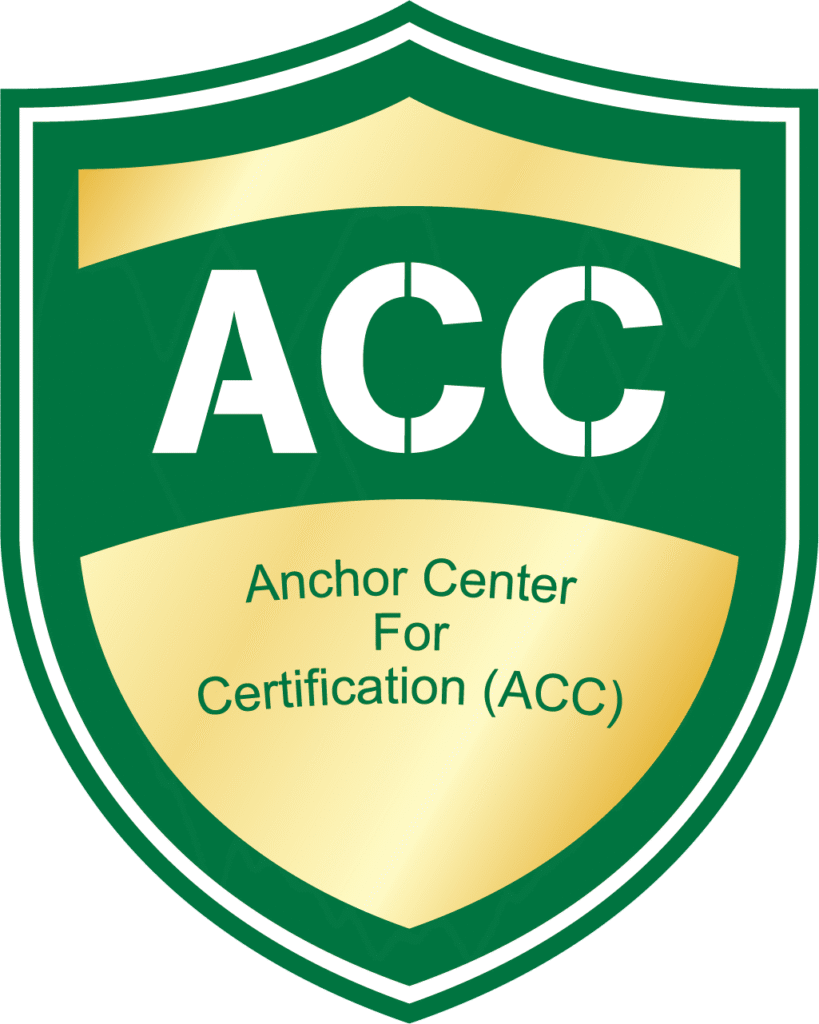
What is the GRAS notification program?
This is a voluntary notification procedure that replaced the older affirmation process. Instead of petitioning for approval, a company notifies the FDA of its self-determination that a substance is GRAS, along with supporting evidence. The FDA evaluates the submission and provides a response (e.g., no questions letter). It is an industry-led, FDA-reviewed mechanism.
How do I submit a GRAS notification to the FDA?
A detailed dossier must be prepared following the format and content requirements outlined in the FDA’s 1997 proposed rule (though used as de facto guidance). This includes information on the substance, conditions of use, safety data, and the basis for the GRAS conclusion. It is submitted through the channel specified on the main page of the FDA’s GRAS Notification Program website.
Where should I send my GRAS notice?
Send it to the Office of Food Additive Safety (HFS-255), Center for Food Safety and Applied Nutrition, Food and Drug Administration, 5100 Paint Branch Parkway, College Park, MD 20740. Note: The office has moved since the original proposal, so this address differs from older documents; always verify the current address.
After submitting a GRAS notice, how long until a response is received from the FDA?
The FDA’s goal is to respond to most GRAS notices within 180 days. However, this is a target timeframe, not a guaranteed deadline.
After submitting a GRAS notice, must I wait for the FDA’s response before marketing the substance?
No. GRAS is based on self-determination; legally, marketing can begin without FDA approval or before receiving a response to a voluntary notification. The FDA’s response is not an “approval” but conveys the agency’s review conclusion. However, many companies choose to wait for the FDA’s evaluation (e.g., a “no questions” letter) to mitigate potential risk.
Does the FDA have an official list of GRAS substances?
Yes, but the lists are not comprehensive. The FDA provides several reference lists (e.g., 21 CFR Parts 182, 184, 186) and a list summarizing GRAS notices it has received. Because submitting a GRAS determination to the FDA is voluntary, no single list can include all substances considered GRAS for use in food.
Can the use of a substance be GRAS even if it is not listed by the FDA?
Yes. A substance’s GRAS status depends on its general recognition as safe among qualified experts based on publicly available evidence, not on its inclusion in an FDA list. The lists are for reference only; self-determination is the legal cornerstone.
